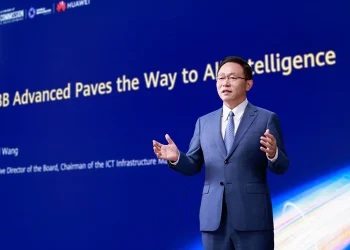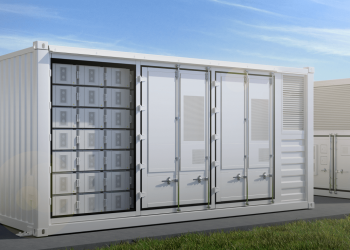Huawei and IUCN Deploy AI-Powered Tech to Protect Coral Reefs in Kenya
Tech4Nature coral reef conservation Kenya has taken a transformative leap forward as Huawei, in collaboration with the International Union for Conservation of Nature (IUCN) and the Kenya Wildlife Service (KWS), unveiled a groundbreaking initiative to protect biodiversity in the Kisite-Mpunguti Marine Park and Reserve.
Launched on January 17, 2025, in Nairobi, the three-year project aims to enhance ecosystem monitoring and conservation efforts in one of Kenya’s most vital marine areas. Part of Huawei’s global TECH4ALL digital inclusion initiative, the project also aligns with IUCN’s Green List standards for protected areas.
“Tech4Nature is about leveraging technology for sustainability,” said Khadija Mohamed, Huawei Kenya’s Director of Media and Government Relations. “We are committed to integrating innovation into conservation.”
Smart Technologies Meet Marine Protection
Kisite-Mpunguti Marine Reserve faces multiple threats—illegal fishing, limited surveillance resources, environmental pressures from tourism, and poor connectivity for real-time monitoring. This initiative directly tackles those challenges.
The solution features a blend of cutting-edge tools:
- Underwater cameras
- Photogrammetry for coral mapping
- Acoustic monitoring of marine life
- AI algorithms trained to detect endangered species such as green turtles and bottlenose dolphins
The system can even identify unauthorized fishing vessels and alert park rangers in real time—dramatically improving enforcement capabilities.
“This will be Kenya’s first real-time digital marine monitoring tool,” said Innocent Kabenga, IUCN Kenya Country Representative. “It’s a game changer for achieving IUCN Green List certification and protecting marine biodiversity.”
The project’s digital power system and improved network infrastructure ensure seamless data transfer to the cloud, where AI processes insights on fish populations, reef health, and human activity.
Empowering Conservation Through Data and Community
In addition to environmental monitoring, the project places strong emphasis on local engagement and education. Community outreach programs will raise awareness about endangered species, ecosystem threats, and sustainable practices.
“We must understand our marine resources well to protect them,” said Adan Kala, Senior Assistant Director at KWS. “This technology gives us the ability to collect continuous, day-and-night data from areas we can’t patrol daily.”
The initiative complements Kenya Wildlife Service’s 2024–2028 Strategic Plan, which prioritizes smart conservation and stronger marine protection strategies.
Huawei is also collaborating with the Wildlife Research and Training Institute (WRTI) to analyze collected data and shape targeted conservation measures based on real-time biodiversity shifts.
Conservation, Innovation, and Inclusion
By bringing communities into the conservation conversation, Tech4Nature encourages local ownership of environmental goals while providing livelihoods through conservation activities.
Huawei and IUCN’s work in Kenya follows similar conservation efforts in Mexico and Thailand, reinforcing the role of smart technology in achieving global sustainability targets.
“This is more than just conservation,” said Khadija Mohamed. “It’s about building a smarter, more inclusive future where technology serves both people and the planet.”








